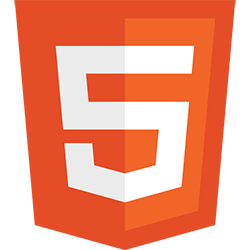Detecting Fonts Ready
Knowing when resources are loaded is a key part of building functional, elegant websites. We're used to using the DOMContentLoaded event (commonly referred to as "domready") but did you know there's an event that tells you when all fonts have loaded? Let's learn how to use document.fonts!
The document.fonts object features a ready property which is a Promise representing if fonts have been loaded:
// Await all fonts being loaded
await document.fonts.ready;
// Now do something! Maybe add a class to the body
document.body.classList.add('fonts-loaded');
Font files can be relatively large so you can never assume they've loaded quickly. One simply await from document.fonts.ready gives you the answer!
![fetch API]()
One of the worst kept secrets about AJAX on the web is that the underlying API for it, XMLHttpRequest, wasn't really made for what we've been using it for. We've done well to create elegant APIs around XHR but we know we can do better. Our effort to...
![39 Shirts – Leaving Mozilla]()
In 2001 I had just graduated from a small town high school and headed off to a small town college. I found myself in the quaint computer lab where the substandard computers featured two browsers: Internet Explorer and Mozilla. It was this lab where I fell...
![MooTools Window Object Dumping]()
Ever want to see all of the information stored within the window property of your browser? Here's your chance.
The XHTML
We need a wrapper DIV that we'll consider a console.
The CSS
I like making this look like a command-line console.
The MooTools JavaScript
Depending on what you have loaded...
![Firefox Marketplace Animated Buttons]()
The Firefox Marketplace is an incredibly attractive, easy to use hub that promises to make finding and promoting awesome HTML5-powered web applications easy and convenient. While I don't work directly on the Marketplace, I am privy to the codebase (and so...




